
Mechanical Design

Modeling and Control of a Novel Design of Series Elastic Actuator for Upper Limb Rehabilitation
The field of rehabilitation robotics for upper limb assistance has grown rapidly in the past few years. Rehabilitation robots have direct contact with human joints, which presents a serious safety concern. In this paper, a novel design for a series elastic actuator (SEA) is presented for upper limb rehabilitation of sensorimotor dysfunctions. The proposed SEA ensures safety and robust torque control under various disturbances. The proposed SEA is modeled and simulated using MATLAB Simulink to obtain Input/Output driven data. For the proposed system, two modeling approaches, ARMAX and NN, are
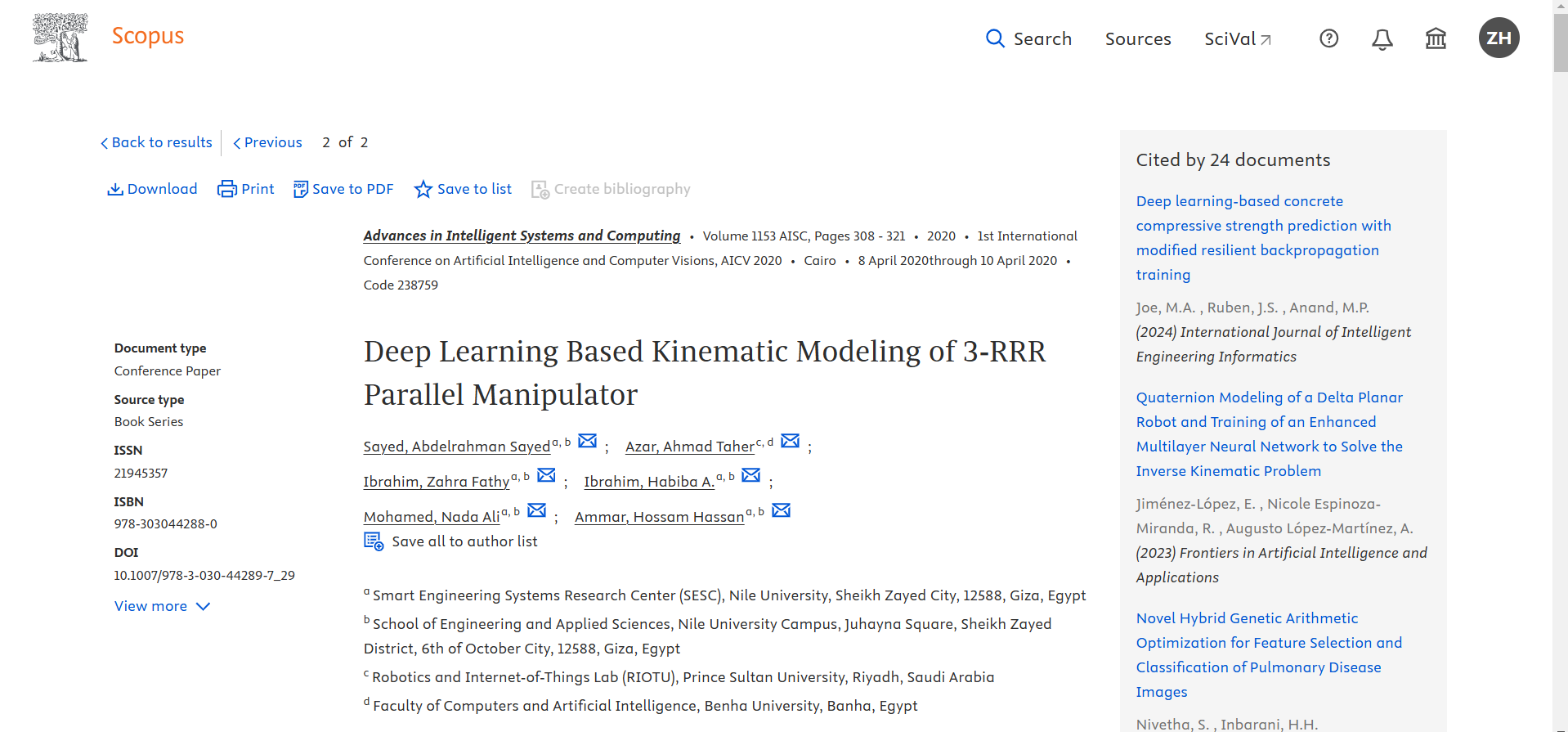
Deep Learning Based Kinematic Modeling of 3-RRR Parallel Manipulator
This paper presents a novel low cost design for a 3-RRR Planar Parallel Manipulator (PPM). These manipulators proved their superiority over serial manipulators due to their speed, precision and smaller work space where the work space area is accounted for in the design to ensure that the robot is performing its task in a smooth and simple way without getting into any singularity points. The challenge with PPM is to obtain the kinematic constraint equations of the manipulator due to their complex non-linear behavior. Screw theory is a new approach that is used to compute the direct and inverse
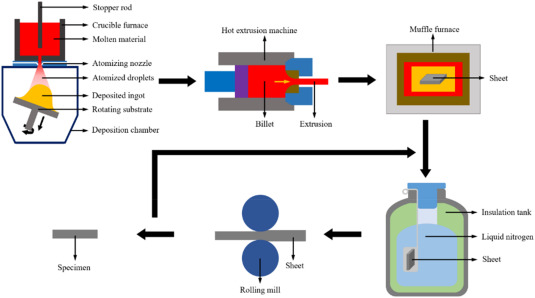
Effect of cryogenic and room-temperature rolling on the microstructural evolution and mechanical behavior of spray-formed 7055 Al-Zn-Mg-Cu alloy
This study investigates the effects of room-temperature rolling (RTR) and cryogenic rolling (CR) on the microstructure, mechanical properties, and fracture morphology of spray-formed (SF) 7055 Al-Zn-Mg-Cu alloy, with a focus on the deformation across reductions ranging from 20 % to 80 %. Utilizing SF as the base processing technique, the study aims to overcome challenges associated with the alloy's high content during conventional casting, such as segregation, grain coarsening, and the formation of internal defects. The findings indicate that CR significantly enhances the ductility and refines
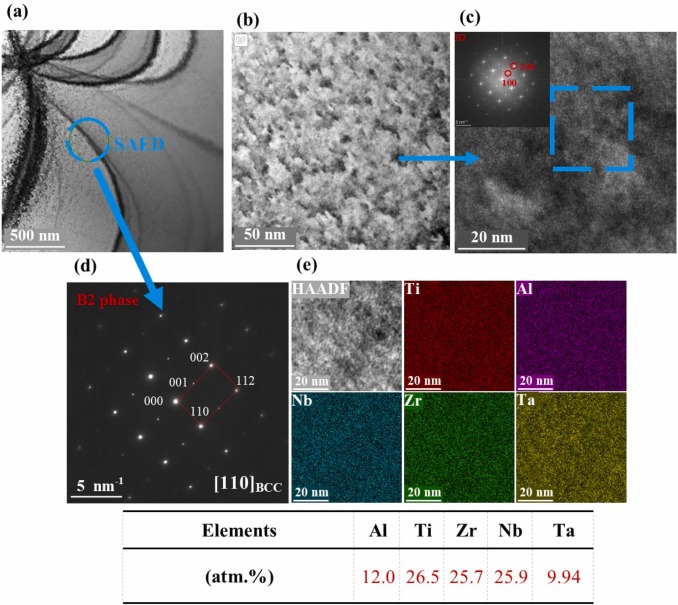
Development of low-density AlNbTaTiZr refractory high-entropy-intermetallic-alloy: Microstructural evolution, mechanical properties, and high-temperature deformation
This study investigates the structural evolution, mechanical properties and high-temperature performance of a novel low-density refractory high entropy intermetallic alloy (RHEIA); Al12Nb25.5Ta8.5Ti27.5Zr26.5. The alloy was prepared by vacuum arc melting, homogenized and subjected to various heat treatments at 600°C, 800°C and 1000°C. The resulting microstructure was revealed using scanning electron microscopy (SEM) with attached electron back-scattered diffraction (EBSD), transmission electron microscopy (TEM), X-ray diffraction (XRD). The as-received RHEIA showed an initial yield strength of
Analytical solution of thermal effect on unsteady visco-elastic dusty fluid between two parallel plates in the presence of different pressure gradients
Background: Thermal diffusion of dusty fluids has valuable interference in various fields, including waste-water treatment, oil transportation, and power plant pipes. Dusty fluids are used in lots of industrial fields as a result of their improved heat transfer and heat management capabilities. These industries range from renewable energy systems to aerobic plastic sheet extrusion, manufacturing, and rolling and reaching metal sheet cooling. Results: The work embodied in this paper presents the analytical solution performed to predict the effects of thermal diffusion on dusty, viscous
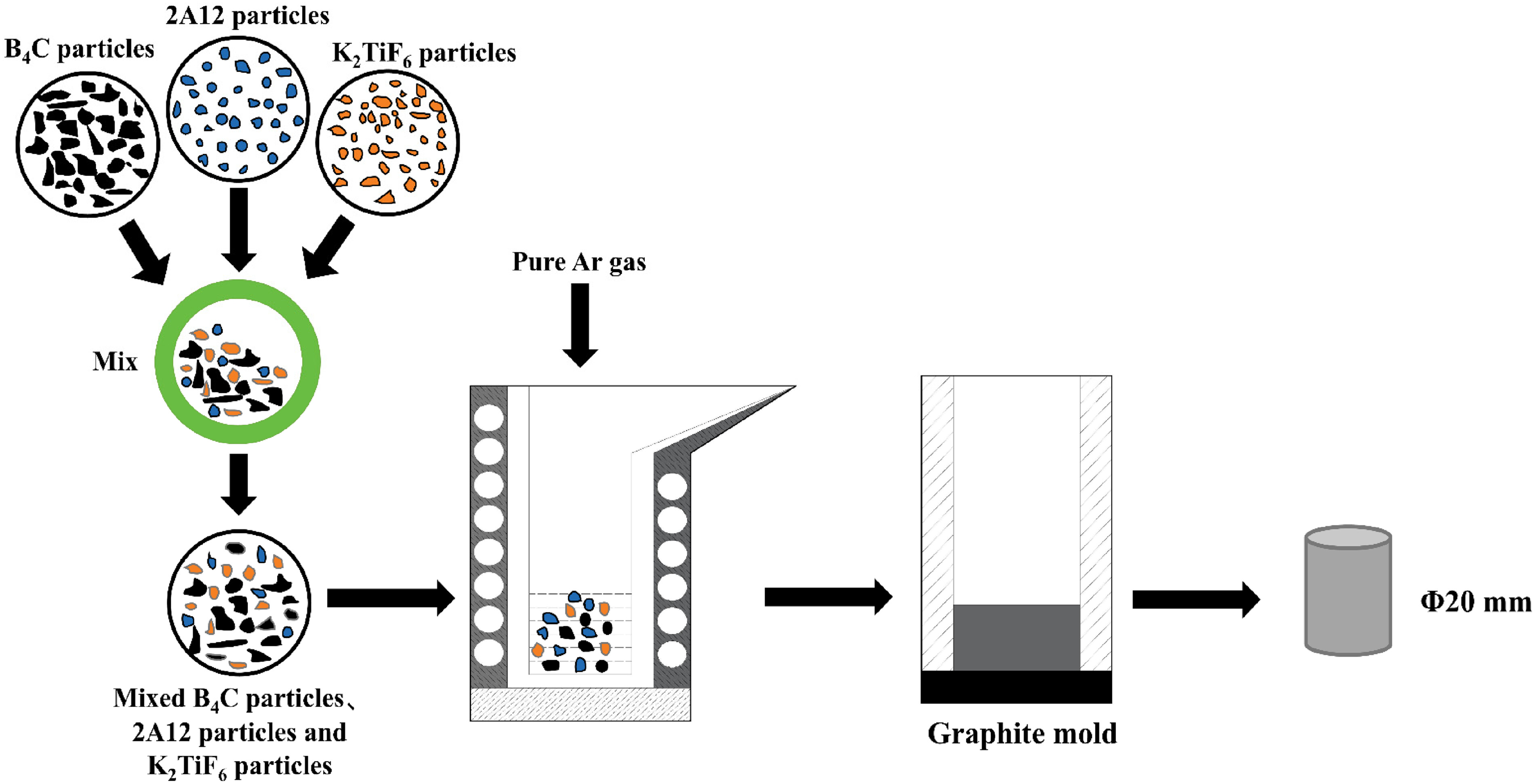
Study on the microstructure, mechanical and corrosion behaviors of 2A12 Al matrix composites containing B4C and 50% K2TiF6 flux
This study presents an innovative exploration into the development and characterization of boron carbide (B4C) reinforced aluminum (Al) metal matrix composites (AMMCs), specifically focusing on the 2A12 Al alloy. Utilizing a cutting-edge vacuum induction melting process, the research investigates the effects of varying B4C particle concentrations in conjunction with 50% K2TiF6 flux additions. This novel approach aims to enhance the microstructural integrity, mechanical properties, and corrosion resistance of the AMMCs. The research unveils a significant improvement in microhardness and tensile
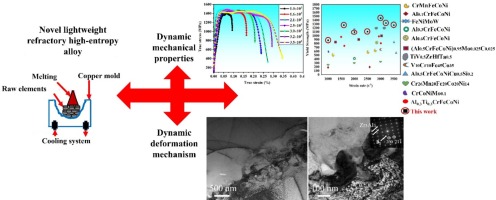
Influence of high-strain-rate compression and subsequent heat treatment on (TiNbZr)89(AlTa)11 refractory high-entropy alloys: Dynamic-mechanical behavior and microstructural changes
This study explored the dynamic-mechanical behavior of a novel low-density (TiNbZr)89(AlTa)11 refractory high-entropy alloy (RHEA) across strain rates ranging from 1.0 × 103 to 3.5 × 103 s−1. A significant increase in the yield and ultimate compressive strengths with rising strain rates up to 3.0 × 103 s−1 was observed and attributed to enhanced dislocation activities and stress-induced microstructural transformations. The formation of the B2 phase and Zr5Al3 precipitates was found to be crucial in bolstering the alloy strength at high strain rates. Beyond strain rates of 3.0 × 103 s−1, a

Constitutive equation for compressible non-isothermal polymeric fluids: A microstructural approach
This contribution presents a microstructural approach to relax both the incompressibility and the isothermality constraints in the elastic-dumbbell model. This results in a compressible version for the Smoluchowski equation which is used to derive a non-isothermal compressible evolution equation for the conformation tensor for a general spring force. The devised general equation is used to derive constitutive equations depending on spring force model whether linear or non-linear. A moving-grid numerical scheme is developed to test the ability of the proposed model in capturing experimental
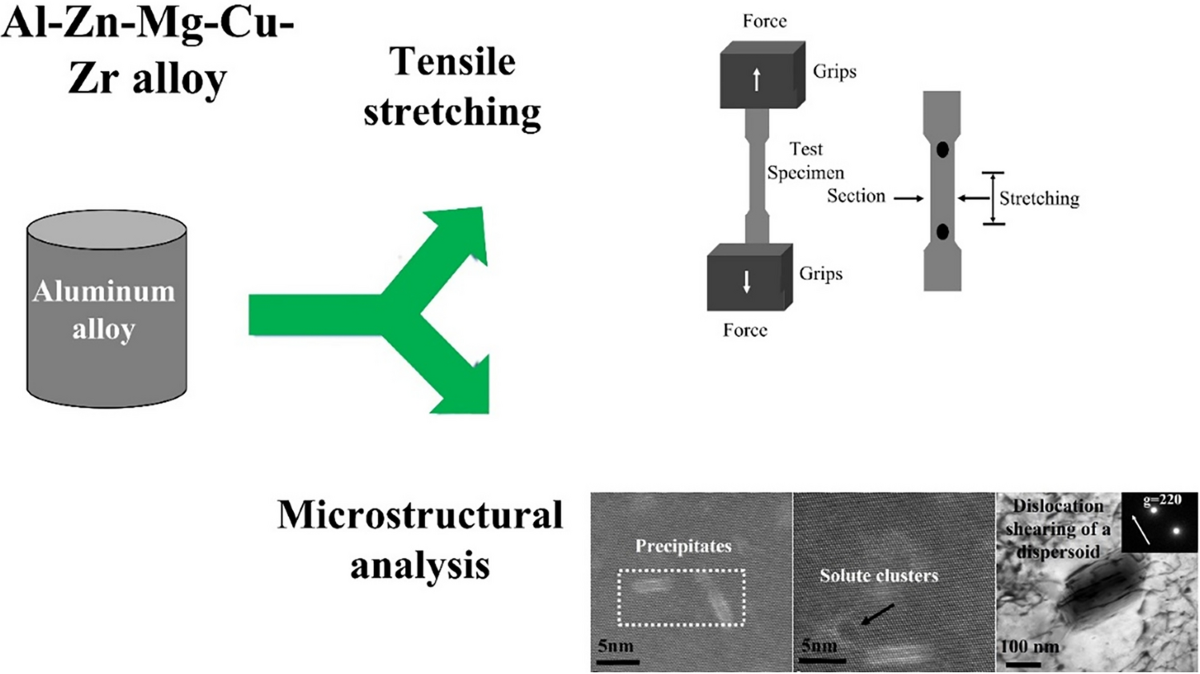
Investigating the Microstructural Impact of Tensile Stretching on Al-Zn-Mg-Cu Alloys: Dislocation-Precipitate Interactions
The study investigates the effects of tensile stretching on the microstructural evolution and mechanical properties of a high Zn-content Al-Zn-Mg-Cu alloy, emphasizing dislocation dynamics and precipitate behavior. The alloy, with a composition of Al-9.01 Zn-2.45 Cu-2.25 Mg-0.13 Zr (wt.%), prepared through casting subjected to peak-aged (T6) at 743 K for 1 h followed by 393 K for 24 h. Tensile stretching at room temperature (~ 298 K) and a strain rate of 1.0 × 10−3 s−1 resulted in a 20% increase in yield strength from to 300 to ~ 360 MPa, with ductility decreasing to ~ 1% elongation to
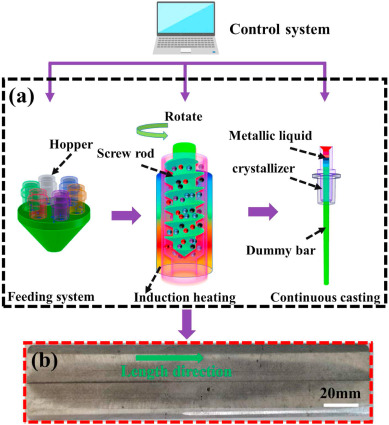
Investigation on microstructures, mechanical properties, and corrosion behavior of novel biodegradable Zn-xCu-xTi alloys after hot rolling fabricated by self-developed newly gradient continuous casting
The poor mechanical properties exhibited by pure Zn effectively prohibit its utilization as a viable material for biodegradable implants. Hence, the primary area of interest has been directed towards alloy design and process strategies of biodegradable Zn alloys. To this end, novel biodegradable Zn-xCu-xTi (Cu: x = 0.001–2.72 and Ti: x = 0.03–1.21) alloys were designed and fabricated using a gradient continuous casting method followed by homogenization and rolling. The fabricated samples were then investigated in terms of their microstructures, mechanical properties, and corrosion behavior